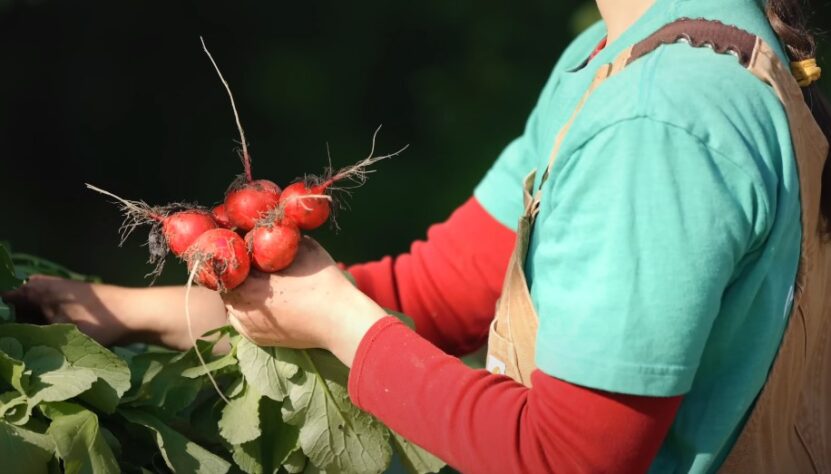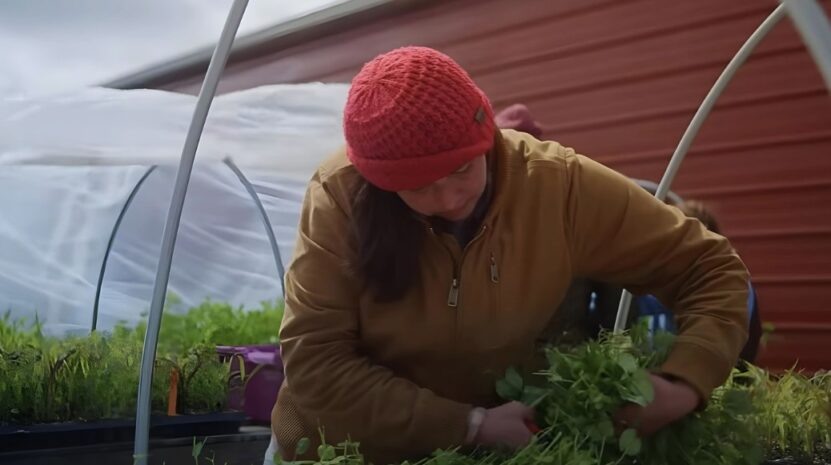Ever wondered why local food is such a big deal? It’s not just about the taste, though nothing beats the flavor of a fresh tomato from a local farm.
It’s about sustainability, community, and even economics. Here’s how you can help create and sustain local food networks, bringing benefits to everyone involved.
Kickstarting a Farmers’ Market

Kicking the local farmers’ market off the ground is such an awesome way to bring a community together. These markets are the heart and soul of any good local food scene – it’s where the farmers get to meet up with the people who are hungry for their fresh, homegrown goods.
It’s where the whole neighborhood comes alive. But starting one of these markets takes some work. You have to rally up all the right local people – the farmers, the city officials, the community leaders. Get everyone on board and make sure you’ve got the right permissions and a welcoming space for the vendors and shoppers.
It’s all about building that initial momentum and getting people pumped up about having access to fresh, local produce right in their own backyard. Once you get the ball rolling, it’s magic. The farmers get to sell their stuff directly to the people who are going to enjoy and appreciate it, the community gets access to the good stuff, and everyone just kind of comes together around good food.
Friends of the Market

Once you get this market up and running, it’s going to be super important that you put together a little “Friends of the Market” group. These are going to be the people who help promote the market, support the vendors, and make sure the whole thing stays sustainable over time.
They’ll be both the supporters and organizers – the ones making sure the market stays bustling and vibrant. It’s going to take a team effort, but with the right group of dedicated people, everything can be done.
Benefits of a “Friends of the Market” Organization
- Promotes community events
- Engages with local businesses
- Secures funding and sponsorships
- Keeps the market’s operations smooth
Creating a Local Foods Directory
A local foods directory is essential for identifying and publishing information on all local producers willing to sell directly to consumers. This directory becomes the go-to resource for anyone wanting to buy local, listing everything from honey producers to organic vegetable farmers.
Key Features of a Local Foods Directory
- Contact details for local producers
- Types of products available
- Seasonal availability
- Locations and ways to purchase
Supporting Community Supported Agriculture (CSA)
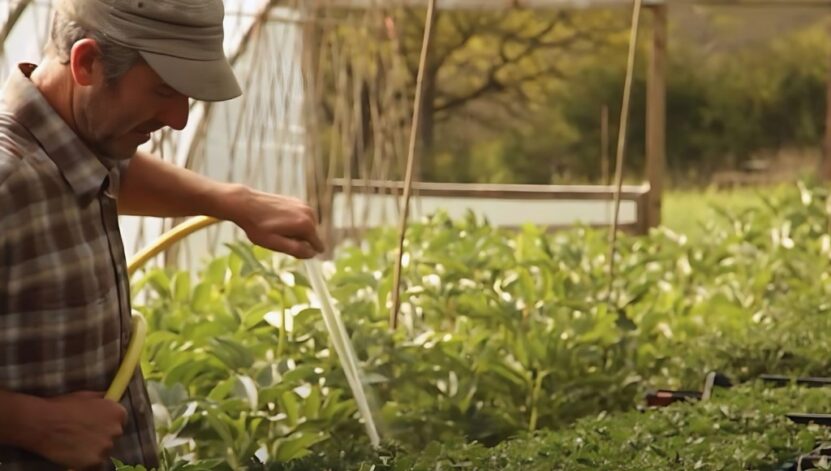
Community Supported Agriculture (CSA) is another cornerstone of local food networks. CSA programs allow consumers to buy shares of a farm’s harvest in advance. This model provides farmers with much-needed financial stability and ensures consumers get fresh, seasonal produce.
Advantages of CSAs
- Direct connection between farmers and consumers
- Fresh, seasonal produce
- Financial stability for farmers
- Encourages sustainable farming practices
Multi-Farm CSAs and Buying Clubs
A great way to expand the availability and variety of local foods is by checking out multi-farm CSAs and local food buying clubs. These are kind of like group efforts where a bunch of nearby farms pool their resources. That means you get access to a wider selection of fresh, local goodies – makes it super easy for people to get their hands on that good stuff.
Benefits of Multi-Farm CSAs and Buying Clubs
- Greater product variety
- Shared resources among farmers
- Easier access for consumers
- Strengthened community ties
Encouraging Local Businesses to Buy Local
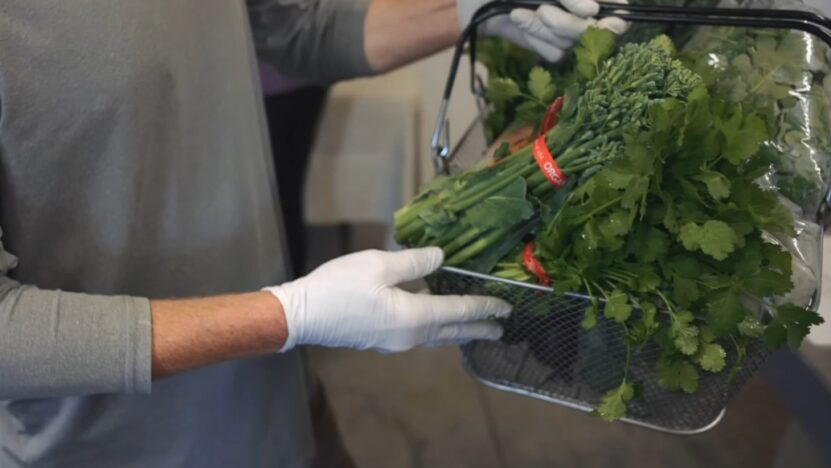
Encouraging local restaurants, food stores, and public institutions to buy sustainably produced food from local farmers is another key step. When local businesses commit to purchasing local produce, it creates a stable market for farmers and enhances the local economy.
Strategies for Encouraging Local Purchases
- Educate businesses about the benefits of buying local
- Create partnerships between farmers and businesses
- Highlight success stories and benefits
- Offer incentives or recognition programs
Forming Local Food Councils
Local food councils play a crucial role in facilitating collaborations to increase the accessibility and affordability of local foods. These councils bring together farmers, consumers, businesses, and policymakers to discuss and solve local food issues.
Functions of a Local Food Council
- Policy advocacy
- Community education
- Network building
- Resource sharing
Building Local Food “Values” Chains
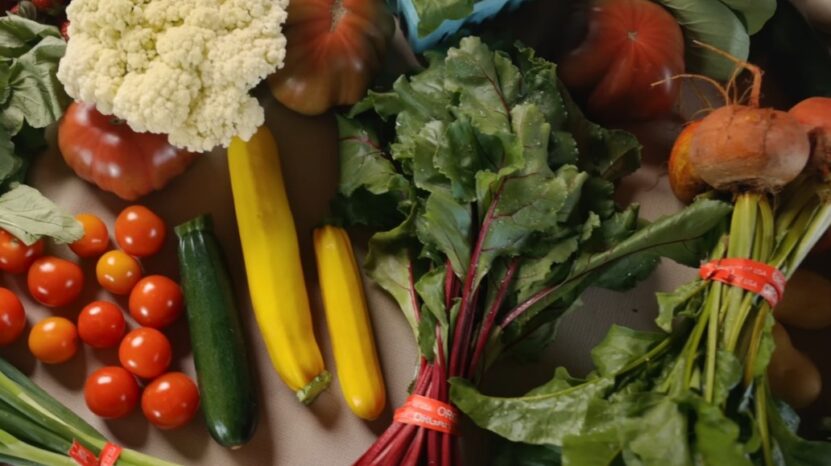
Local food “values” chains ensure that shared values, such as sustainability and fair labor practices, are maintained throughout the food system. These chains connect producers, processors, distributors, and consumers who are committed to these principles.
Elements of a Successful “Values” Chain:
- Shared mission and values
- Transparent practices
- Fair pricing
- Sustainable methods
Linking Local with Non-Local Networks
Linking local food networks with other networks can provide access to non-local food while maintaining local integrity. This balance ensures that communities can enjoy a diverse food supply without compromising their local food systems.
Benefits of Network Linkages
- Increased variety of food available
- Resource sharing and collaboration
- Strengthened local food systems
Individual Choices Matter
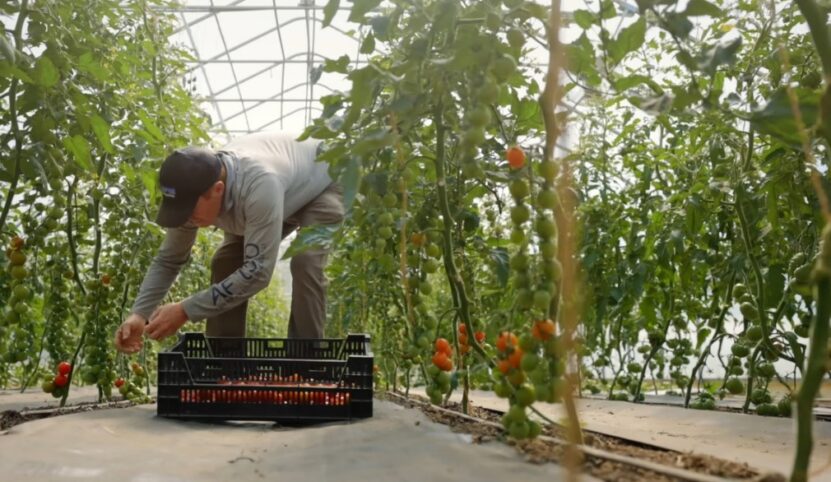
Every individual choice in food consumption can significantly impact environmental sustainability and food security. Shopping at farmers’ markets, joining CSAs, and dining at farm-to-table restaurants are all ways to support local food systems.
Simple Actions to Support Local Food
- Choose local produce whenever possible
- Join a CSA
- Dine at farm-to-table restaurants
- Educate others about the benefits of local food
The Impact on Sustainability
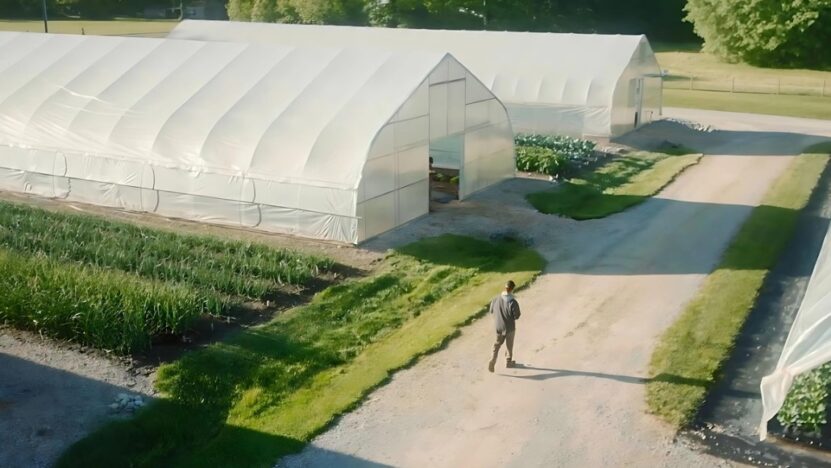
Supporting local food systems reduces carbon emissions, supports local economies, and ensures fresher, more flavorful food. It’s about creating a more resilient, eco-friendly food system.
Environmental Benefits
- Reduced carbon footprint from transportation
- Preservation of local farmland
- Promotion of biodiversity
Economic Benefits
- Financial stability for small-scale farmers
- Stronger local economies
- Job creation in the community
Health Benefits
- Fresher, more nutritious food
- Greater food security
- Encouragement of healthy eating habits
Final Words
Building up a strong local food scene is something the whole community has to pitch in on. It starts with little things, like hitting up the farmers market on the weekends or joining a CSA. There are also directories and food councils that can help connect you with all the good local grub options.
At the end of the day, every time we decide where to shop or what to put on our plates, we’re playing a part in shaping a more sustainable future. So let’s make those choices count – support local producers, go for seasonal and unprocessed foods. It all adds up.
Related Posts:
- How to Construct a Root Cellar in Your Backyard -…
- 6 Long-Term Food Storage Techniques You Must Know
- 24 Hottest Fire Pit Ideas and Designs 2023 - Heat In…
- How to Plan and Start a Community Garden - Tips for Success
- Ultimate Guide to Building Basic Furniture:…
- How to Build an Emergency Shelter - Quick and…


